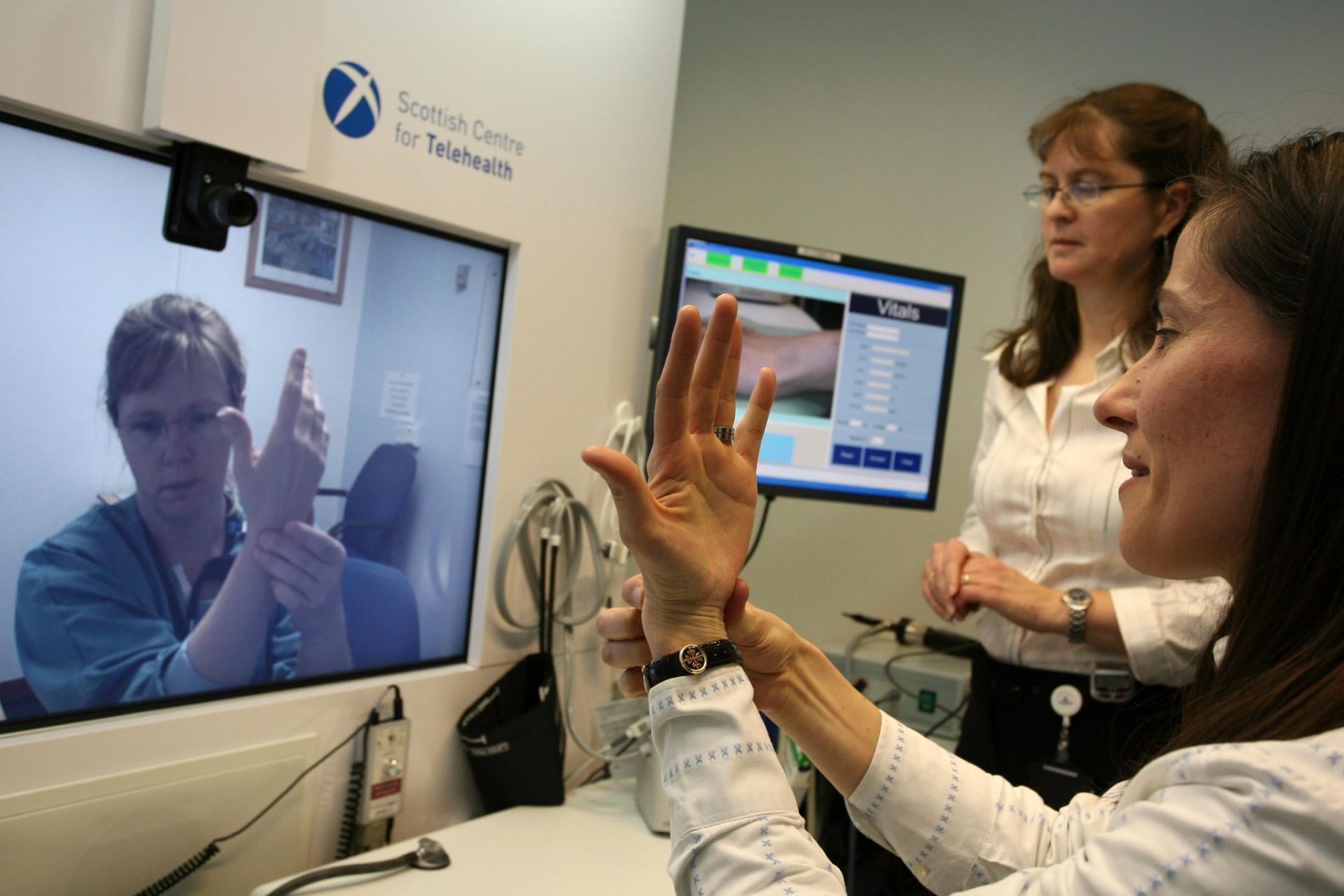Tele-Health

Tele-Health adoption is on the rise. More care providers are adopting Tele-Health technology to provide services to patients in remote locations. One reason for this is that more insurers are beginning to pay for it as part of the benefit packages they have put in place. Also self-funded employers have begun to pay for such services. Some of the nation’s big health insurers plan to offer in its employer and individual plans remote consultations with physicians using laptop webcams or video-enabled smartphones and tablets. A few of them are also offering virtual physician visits as an option for certain employers, while a growing number of large businesses are offering more remote health care consultations in their benefits. Initially these services were offered for folks living in rural areas who did not have access to health services nearby. But lately, many patients living in urban areas are also using this technology to receive care. So what is Tele-Health?
According to HRSA, Tele-Health is the use of electronic information and telecommunications technologies to support long-distance clinical health care, patient and professional health-related education, public health and health administration. Some of the Tele-Health technologies include chat, secure messaging, video conferencing, video streaming, image sharing, etc. With the shortage of primary care physicians, I believe this is definitely a way for patients to get care. The cost of care is also reduced as the cost of Tele-Health services, though not defined in thorough detail, are relatively smaller when compared to an office visit. Though Tele-Health is more useful for primary care, I believe that it will become more popular even for specialty care. What do you think?
[simple-social-share]


